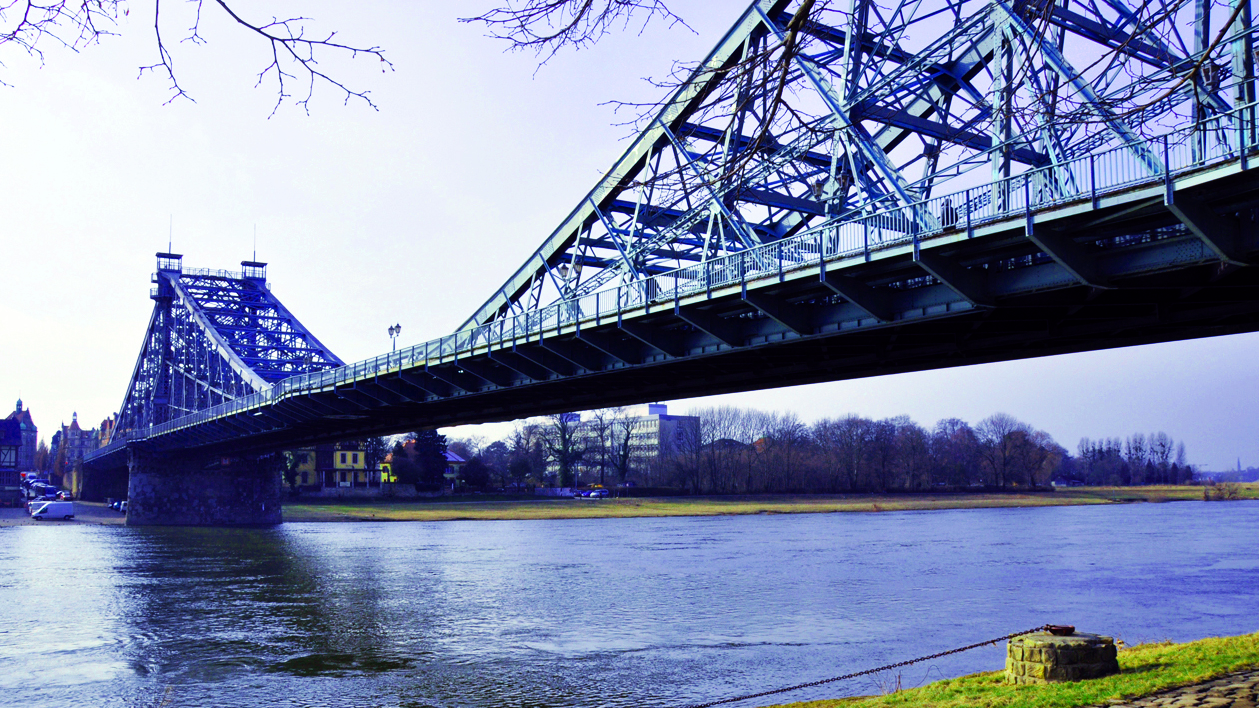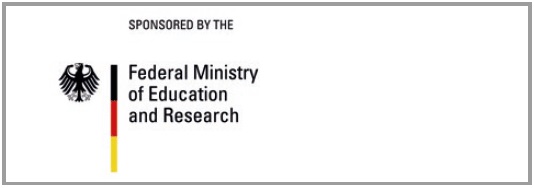Optimizing lifecycle management of critical infrastructures with AI
The reliable operation of safety-relevant structures, such as bridges or pipeline networks, requires holistic lifecycle management. Operators must keep an eye on safety aspects as well as on the reliability of the structure and the safeguarding of the investment. The Canadian-German project, which is funded by the German Federal Ministry of Education and Research and the National Research Council Canada, is entitled "Digital Twin Platform for Infrastructure Asset Lifecycle Management" (DTPIALM) and aims to improve the lifecycle management of critical infrastructure.

Project goals
The remaining service life of an asset can be determined by using a digital twin. For this purpose, data consisting of available field data and other necessary measured values from condition monitoring systems are classified and analyzed using artificial intelligence (AI). The data is then displayed using augmented reality (AR) or mixed reality (MR). The 3D model of the asset is created either based on CAD data or by surveying with drones. In addition, sensors are installed on the monitored infrastructure and the relevant measurement data is transferred to the digital twin via IoT interfaces. The development of specific AI algorithms in conjunction with physical models should ultimately enable the prediction of the remaining service life and provide guidance for predictive maintenance. The visualization of the condition will be achieved via AR/MR. As key applications, both bridges and pipeline networks will be investigated in the project. After the successful completion of the project work, the prototypical solution is to be transferred into a corresponding product or service.
Project partners
Five partners are involved in the project, each taking on different tasks according to their areas of expertise:
- VEERUM Inc. (SME) in Calgary, Canada: Implementation of the application interface as well as integration of the development algorithms into the digital twin of the VEERUM platform.
- National Research Council of Canada NRC (R&D) in Ottawa, Canada: Development of the physical and AI model for the predictive analysis of industrial assets; Creation of the fusion algorithm for multiple analytical models and data mining for the digital twin.
- University of British Columbia UBC (R&D) in Vancouver, Canada: Development of the AI algorithms; system integration and data acquisition
- MKP GmbH (SME) in Weimar, Germany: Development of suited methods for data acquisition (i.e. drone flight) and surveillance of field resources with IoT techniques; AI technologies for sensor diagnosis and -maintenance in IoT systems; visualization using MR technologies for field operation
- Fraunhofer Institute for Ceramic Technologies and Systems IKTS (R&D) in Dresden, Germany: Data acquisition from various assets with changing conditions; development of automated signal processing of various sensor data via machine learning algorithms; visualization through AR/MR.
Supported by
